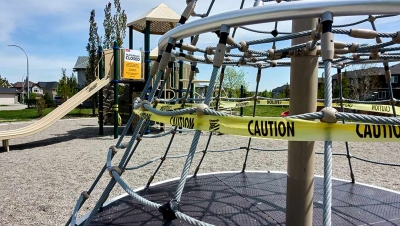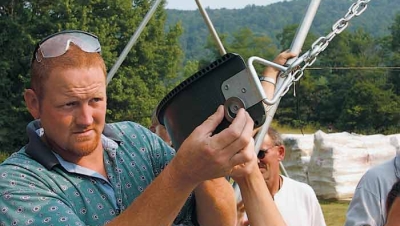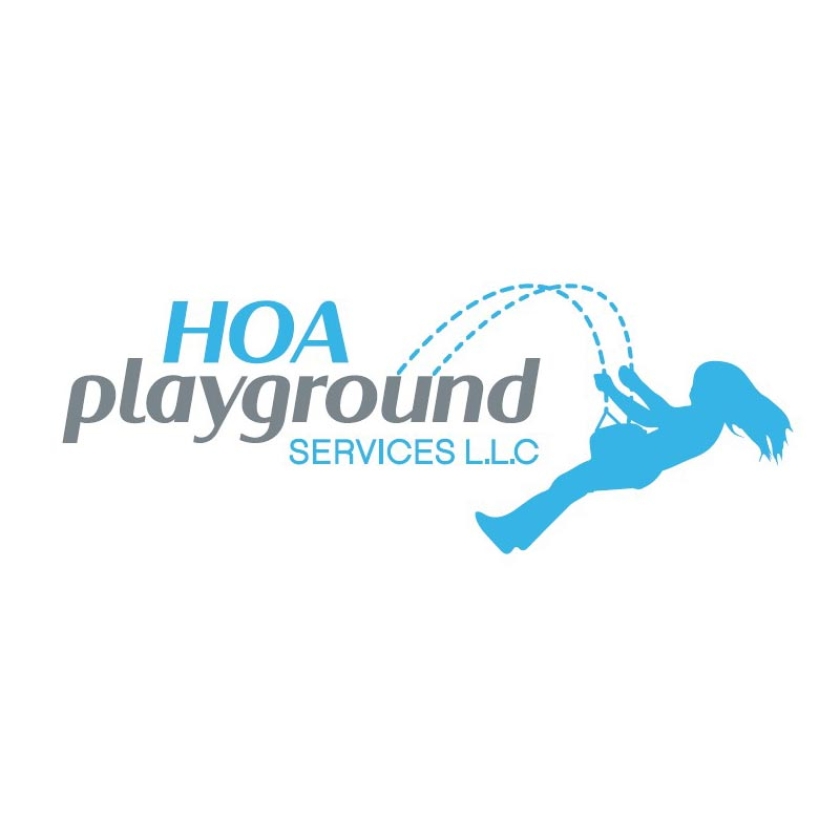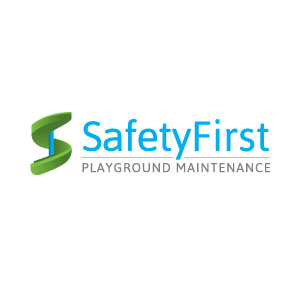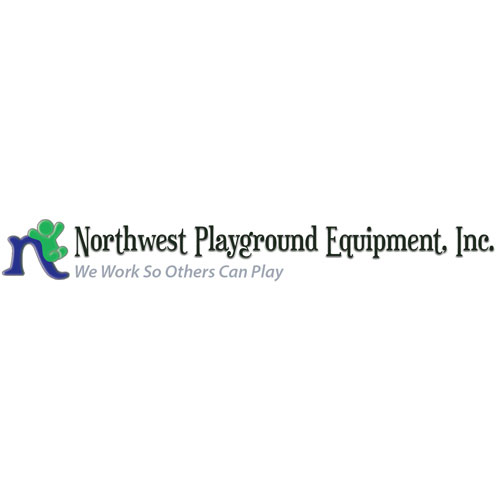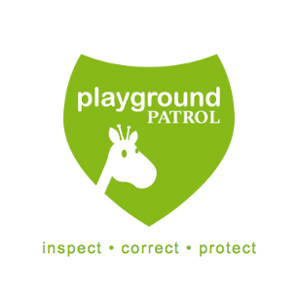This summary was referenced in Ken's article Proverb: The Road to Hell is Paved with Good Intentions in the Fall, 2017, issue of Play and Playground Magazine.
In the United States, there is not one, but two influential documents for playground safety. One is a guideline published by a federal agency, the United States Consumer Product Safety Commission; the other is a voluntary standard established by the American Society for Testing & Materials International, the world’s largest non-government standards development organization. Application of safety criteria of these two documents has had some diametrically polarized results, which can serve as examples of issues to be considered by Japan.
Need for playground safety standards ― The need for playground safety standards was perceived as a result of several fatalities that occurred during a relatively short time period in the last quarter century. These were given high exposure by the print and broadcast media. Additionally, more and more litigations were filed demanding compensation for recovery of injury costs and for punitive damages. There were several high-level awards and a consequent strong demand for increased safety. The problem of playground injuries was considered “solvable” by development and compliance of safety standards based upon accident analysis.
Impact of safety standards on playgrounds ― The ultimate result of these safety criteria has been fewer separate play equipment, more multi-play composite structures; more single-surface areas, fewer multiple colors, texture, and resilience surfaces; less motion equipment, more stationary equipment; fewer opportunities to stimulate imagination, more specificity in design; more repetitive events; less variety of use, and environmental stimuli (wind, sun/shade, sound, movement) are now seldom taken into account in playgrounds. Too many new playgrounds consist of only a single multi-purpose composite structure with a surrounding mono-material surfacing; not a spacious play space with separation of various equipment and structures, with space to run, jump, roll, etc. on the surface of the equipment. Because safety criteria are based on anthropometrics, more playgrounds are designed for a limited age group preventing multi-age interaction as a societal setting.
Change of U.S. accident data after 10+ years of safety standards — In the U.S., there has been a decrease in the percent of strike-impact fatalities, an increase of fall-related and strangulation fatality percentages; and an increase of long-bone injuries. There is a growing recognition that the U.S. playground safety surfacing standard is predominantly based upon head injury, specifically brain concussion as a result of a vertical fall onto the falling child’s head, a rather uncommon incident.
Impact of safety standards on play value — “When you give a child a new hammer, he believes everything must be hammered.” Unfortunately, this is very similar to what has happened to many playground equipment manufacturers in the U.S. after the adoption of playground safety standards (the “new design hammer”) – new play equipment was frequently designed primarily with safety in mind, rather than play value. New playgrounds began to offer fewer challenges and little stimulation. Playground designers need to understand that repetition can accomplish mastery; but after mastery repetition becomes redundant and boring; play must be based upon children’s physical, social, emotional, and intellectual levels; this must include opportunities for increasing ability, challenge, and competencies as well as opportunities for interactive play with others.
There needs to be a method to measure the impact of the new standards. In the U.S., we have a fairly good system of correlating the application of the standards to injuries ― certainly not perfect, but I would not encourage much more sophistication in playground accident documentation because it may actually put too much emphasis upon the safety aspect of the playground, but the U.S. still applies only a weak descriptive case-study approach to correlating the application of the standards to play value.
There has been a recent dramatic increase in obesity in children in the U.S. There have been suggested several causes, including high consumption of a high fat, high sugar, high carbohydrate diet at home, at fast-food restaurants, and at school. Another possible cause: no longer having recess during the school day in many schools. Another possible cause: less emphasis upon outdoor experiences, play and sports participation, more participation with passive recreation such as television-watching, using computers, and electronic devices such as Game Boys, etc. It may be that children are finding new playgrounds boring and do not return to these areas to use. While overly safe (read “boring”) playgrounds cannot be assigned full responsibility for the increased obesity of children, there does need to be a better, quantifiable means to determine the impact of playground provisions to not just safety, but to fitness and health of children as well.
We need to distinguish between “risk” and “hazards” on playgrounds — We need to provide a variety of risk opportunities (managed risk) but minimize exposure to serious hazards. We need to recognize that “safety” is relative. Children do need to learn the consequence of activity, of experimentation, of play. Sometimes the consequence is unpleasant, whether the result is disappointment, embarrassment, or physical pain. Low-level pain is not bad and should not be designed out of the possibility of consequence. In other words, too much safety is not necessarily good.
Conclusions — Compliance with playground safety criteria is not a guarantee that injuries will be eliminated. Safety criteria should not be design-restrictive. There should be some safety absolutes but there should also be some safety principles that have more flexibility in application. Just as there is variety in food safety and preparation, so too should there be variety in playground safety and development. In the U.S. we do distinguish between home-based playgrounds, soft contained play systems, and public playgrounds. These few distinctions may be too limited. The setting and function of playgrounds may eventually have a larger part in the application of design and safety of playgrounds in public settings. Children have different play needs at pre-school care centers, at schools, at housing estates, at shopping malls or restaurants, and at holiday venues. In some settings, provisions for periodic change may be needed as novelty and challenge diminish over time. Playgrounds may eventually be considered to be multi-generational, where children are not segregated from adults and older or younger children into “age-appropriate” play areas; but where parents, grandparents, and siblings may interact with each other while engaging in play. The application of anthropometrics will have to take this into consideration. But playgrounds are not “safe” because they are designed for specific child sizes and task-skill capabilities; they are “safe” because the children using them receive confidence, perceptions of stimulation and gratification, and simple pleasure from playing there.


